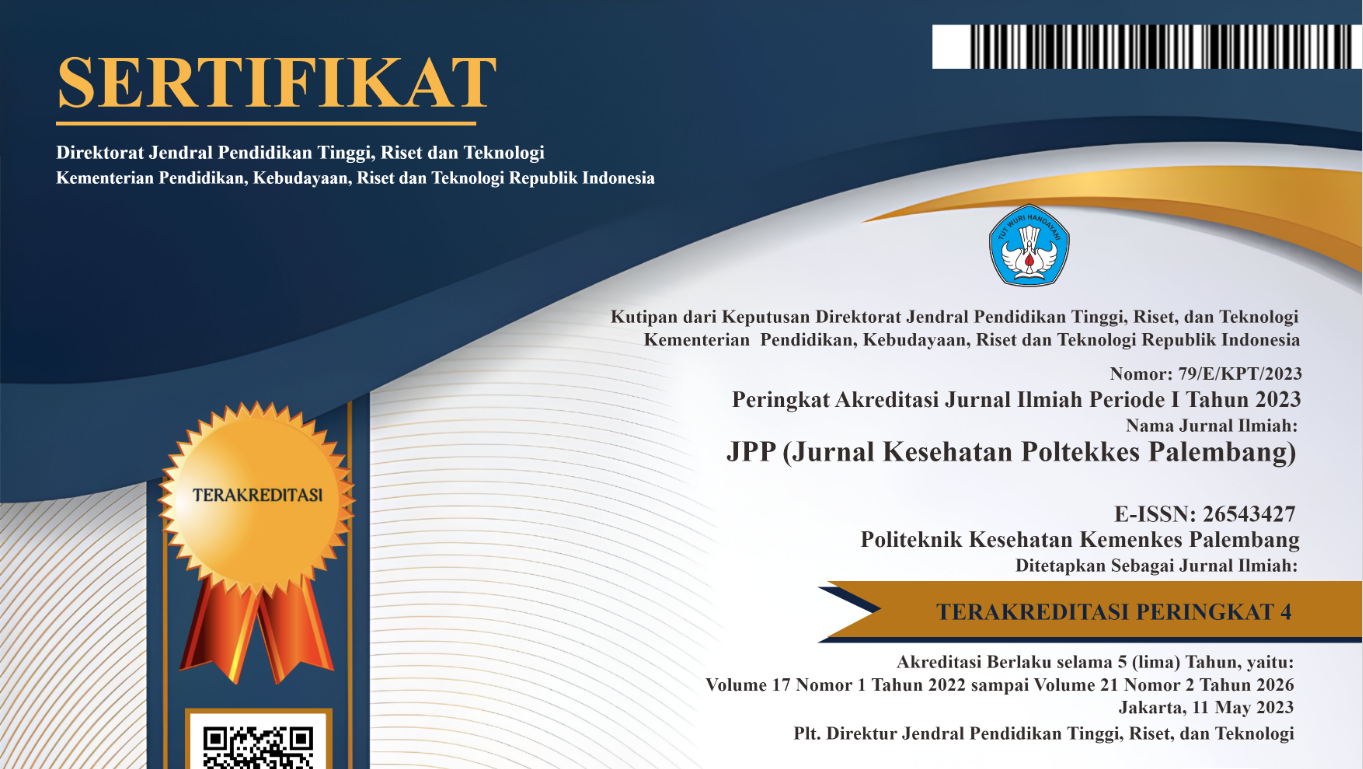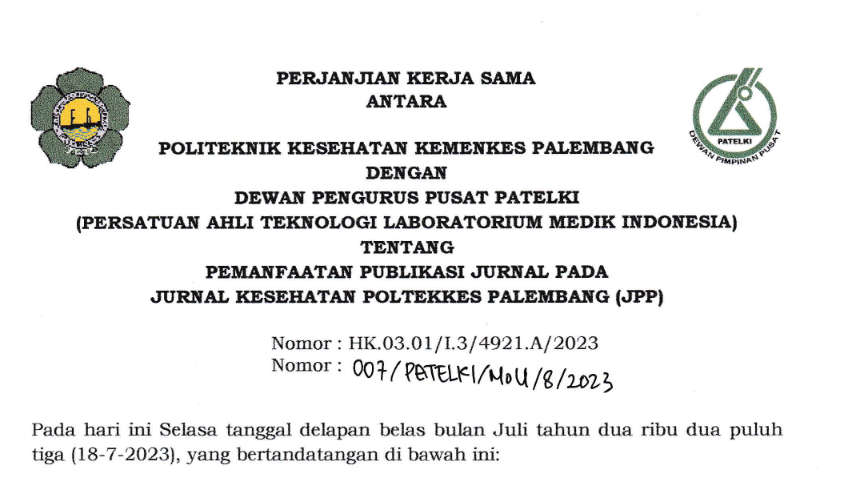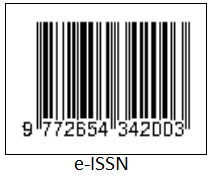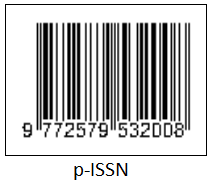Perbedaan Teknik Pemasangan Tourniquet Terhadap Kadar Magensium Serum
Abstract
Background: Magnesium is an electrolyte that plays an important role in the body's reactions, because if there is a lack or too much magnesium it will cause organ dysfunction and even a person's death. That is the reason why errors in magnesium measurements can create serious conditions for patients if laboratory results are inaccurate. The hemoconcentration state of the sample can influence the final results obtained. The aim of the study was to determine the difference between tourniquet application techniques and the results of serum magnesium levels.
Methods: This type of research is experimental research. In the first group of treatments, a tourniquet was dabbed which was maintained only until the vein could be accessed and the second group was dabbed with a tourniquet until the blood drawn reached the desired volume at the research object, measured and collected at the same time. Then the serum magnesium test was measured.
Results:Research results on differences in tourniquet application techniques in serum magnesium examination. This research involved 20 respondents with a total sample of 40 samples (respondents' blood was taken twice). The research results mean magnesium levels with the released tourniquet technique were 2.8 mg/dL, higher than the second intervention, namely the tourniquet technique which was maintained at 2.5 mg/dL. The statistical results of the paired T-test carried out obtained data with a p-value of 0.849, which means p-value > 0.05.
Conclusion: There was no significant difference between magnesium levels with the tourniquet removed and the tourniquet maintained to a volume of 3 cc.
Copy Right dipegang oleh pengelola jurnal
















